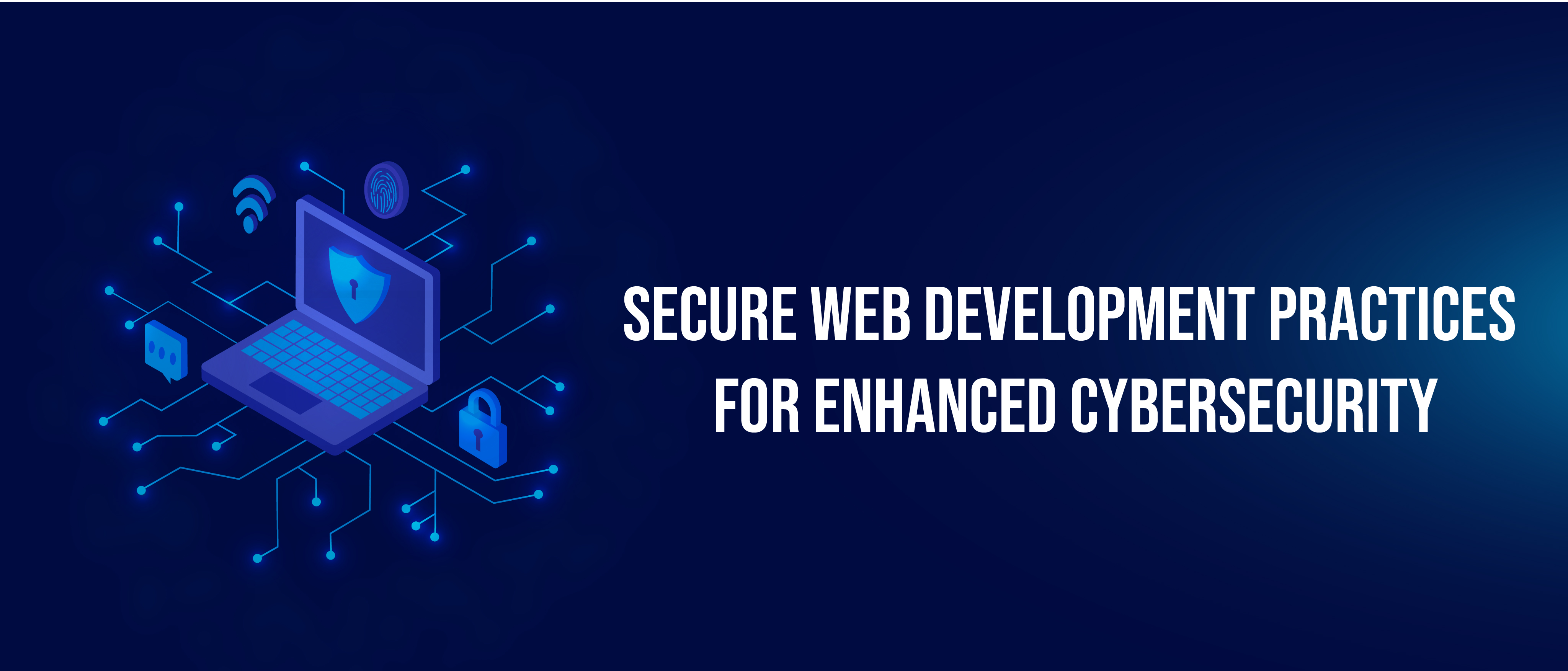Building a Safe Haven Online: A Guide to Secure Web Development

In today's digital landscape, where web applications have become an integral part of our daily lives, ensuring their security has never been more crucial. Cyber threats are evolving, and so must our strategies to defend against them. Secure web development isn't just a buzzword – it's a proactive approach that safeguards sensitive data and user trust. In this blog, we'll unravel the key aspects of secure web development in simple terms, helping you build digital strongholds that stand resilient against malicious attacks.
1. Understanding Secure Web Development
Secure web development involves creating web applications with built-in defenses against cyber threats. These applications are fortified digital structures designed to protect user data, privacy, and functionality. By integrating security measures from the ground up, developers minimize vulnerabilities that attackers could exploit.
2. Recognizing Common Vulnerabilities
Hackers often exploit well-known vulnerabilities in web applications. These can include Cross-Site Scripting (XSS), SQL Injection, Cross-Site Request Forgery (CSRF), and more. Each of these vulnerabilities can lead to data breaches, unauthorized access, or even complete compromise of a web application. Recognizing these weak points is the first step toward strengthening them.
3. Implementing Best Practices
- Input Validation: Treat all user inputs as potentially malicious. Implement strict validation checks to ensure that only expected and safe data is processed.
- Secure Coding: Adhering to secure coding practices, like avoiding hard-coded credentials and using parameterized queries for database interactions, can significantly reduce vulnerabilities.
- Authentication and Authorization:Enforce strong authentication mechanisms and grant users only the necessary permissions to access resources.
- Data Encryption: Encrypt sensitive data, both in transit and at rest, to prevent unauthorized access even if the data gets intercepted.
- Regular Updates: Keep your software stack updated with the latest security patches. Outdated libraries and frameworks can become entry points for attackers.
4. Regular Security Audits and Updates
Maintaining security is an ongoing process, rather than a single event. Regular security audits help identify vulnerabilities that might have been missed during development. By conducting penetration testing and code reviews, developers can proactively address potential threats. Furthermore, staying vigilant about updates ensures that the latest security patches are applied promptly, shoring up any weaknesses.
5. Tools and Technologies for Secure Web Development
- Static Analysis Tools: Treat all user inputs as potentially malicious. Implement strict validation checks to ensure that only expected and safe data is processed.
- Web Application Firewalls (WAFs): Adhering to secure coding practices, like avoiding hard-coded credentials and using parameterized queries for database interactions, can significantly reduce vulnerabilities.
- Encryption Libraries: Enforce strong authentication mechanisms and grant users only the necessary permissions to access resources.
- Dependency Scanners: Encrypt sensitive data, both in transit and at rest, to prevent unauthorized access even if the data gets intercepted.
- Security Frameworks: Keep your software stack updated with the latest security patches. Outdated libraries and frameworks can become entry points for attackers.
In conclusion, secure web development is the cornerstone of a safer digital world. By acknowledging and addressing common vulnerabilities, implementing best practices, conducting regular security audits, and utilizing appropriate tools, developers can build web applications that users can trust. This not only protects sensitive information but also contributes to a more secure online ecosystem overall. Remember, just as a fortress needs regular maintenance to stay impenetrable, your web applications need continuous care to remain secure. So, gear up, follow these practices, and contribute to making the cyber world a safer place for everyone.
Contact
For more information on how we can help you secure your data, get you compliant and protect your business, please complete the form below and one of Information security / Cyber Forensic expert and Compliance specialists will respond to you as soon as possible.


